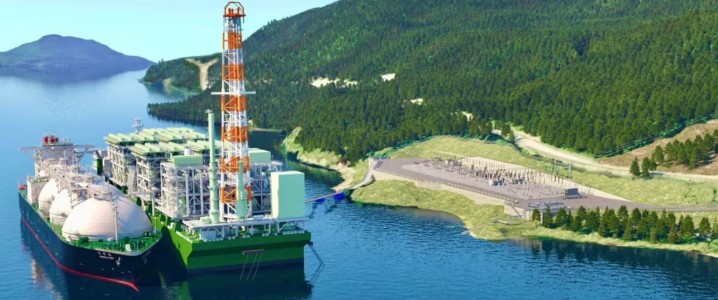The world’s next liquefied natural gas (LNG) boom is already priced in—but according to Adnoc Gas CEO Fatema Al Nuaimi, the coming wave of supply won’t crush the market. It will create it.
Speaking this week, Al Nuaimi said falling prices from the surge in new projects—many set to come online by 2030—will spur structural demand growth that sticks. “When price-sensitive markets tap into the LNG market, they don’t go back,” she told Bloomberg. It’s a bold take at a time when analysts are warning of oversupply, but it reflects a growing split in the industry between those betting on a glut and those betting on permanence.
By Al Nuaimi’s math, the global buildout—from Qatar’s North Field expansion to Adnoc’s own Ruwais project, which will more than double its export capacity—is less a bubble than a foundation. The International Energy Agency (IEA) expects record gas demand in 2026, led by Asia, Africa, and the Middle East, as import terminals sprout from Vietnam to Kenya. Once those facilities are built, their demand is locked in.
That’s not the universal view. TotalEnergies CEO Patrick Pouyanné warned in September that the United States is “building too many LNG plants,” citing NextDecade’s Rio Grande and Venture Global’s Plaquemines projects as symptoms of an overheated race. Yet even amid those concerns, construction continues. Louisiana’s Commonwealth LNG just pushed its start date to 2031 after regulatory delays, while Exxon and Chevron are expanding LNG trading desks to capture the eventual glut.
If the market does flood, Europe could emerge the biggest winner. Its long-term reliance on U.S. cargoes is deepening, and cheaper LNG could ease its post-Russian gas bill. For producers, the short-term pain of oversupply may simply be the cost of buying the next decade of demand. As Adnoc’s Al Nuaimi put it: once the infrastructure is in, it sticks.
By Julianne Geiger for Oilprice.com
More Top Reads From Oilprice.com:

